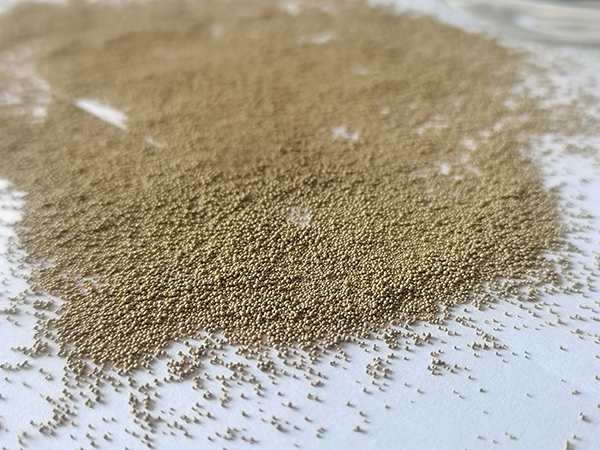The Importance of Sanding Resin 3D Prints A Comprehensive Guide
In the realm of 3D printing, resin printing has emerged as a popular method due to its ability to create highly detailed and intricate models. However, achieving a smooth finish is often a challenge for enthusiasts and professionals alike. This is where sanding comes into play, transforming rough prints into polished masterpieces. In this article, we’ll explore the significance of sanding resin 3D prints, the techniques involved, and tips for achieving the best results.
Resin prints are known for their crisp details and vibrant colors, yet they often come with layer lines and surface imperfections that can detract from their overall appearance. Sanding not only improves the aesthetic quality but also prepares the model for painting or any additional finishing processes. A well-sanded surface ensures that paint adheres properly, resulting in a more professional-looking final product.
The Sanding Process
1. Preparation Before you start sanding, it’s essential to gather the necessary tools. A variety of sanding materials can be used, including sandpaper of different grits, sanding sponges, or power sanders. For resin prints, it is advisable to start with coarser grit sandpaper (around 120-220 grit) to remove significant imperfections.
2. Sanding Technique When sanding, apply light pressure and use circular motions or back-and-forth strokes. This approach helps maintain uniformity and prevents accidental gouging of the surface. If your print has intricate details, consider using smaller pieces of sandpaper to carefully work around these areas.
sanding resin 3d prints

3. Progression through Grits After the initial sanding with coarse grit, gradually move to finer grits (400, 600, and even up to 1000 grit). The objective is to smooth the surface progressively without leaving visible scratches from the previous grit. This step is crucial for achieving a glass-like finish.
4. Cleaning After sanding, it’s vital to clean the model thoroughly to remove any dust particles. Use a soft brush or a cloth, and consider rinsing your print under water to ensure complete cleanliness. A clean surface is key for any subsequent painting or finishing steps.
Additional Tips
- Patience Sanding is a time-consuming process, and rushing through it can lead to a less-than-desirable finish. Take your time to achieve the best results. - Safety Precautions Always wear a mask and eye protection while sanding resin prints, as the dust generated can be harmful if inhaled. It’s essential to work in a well-ventilated area.
- Experiment Different resins and printing settings can produce varying results. Don’t hesitate to experiment with different sanding techniques or materials to find what works best for your specific print.
In conclusion, sanding is an invaluable technique in the world of resin 3D printing that can significantly enhance the final appearance of your models. By carefully preparing your workspace, using the right tools, and applying the proper techniques, you can turn rough and unfinished prints into stunning showcase pieces. Whether for personal projects or professional presentations, mastering the art of sanding will elevate your 3D printing endeavors to new heights.
Post time:Lap . 15, 2024 04:04
Next:what is sand casting in engineering
